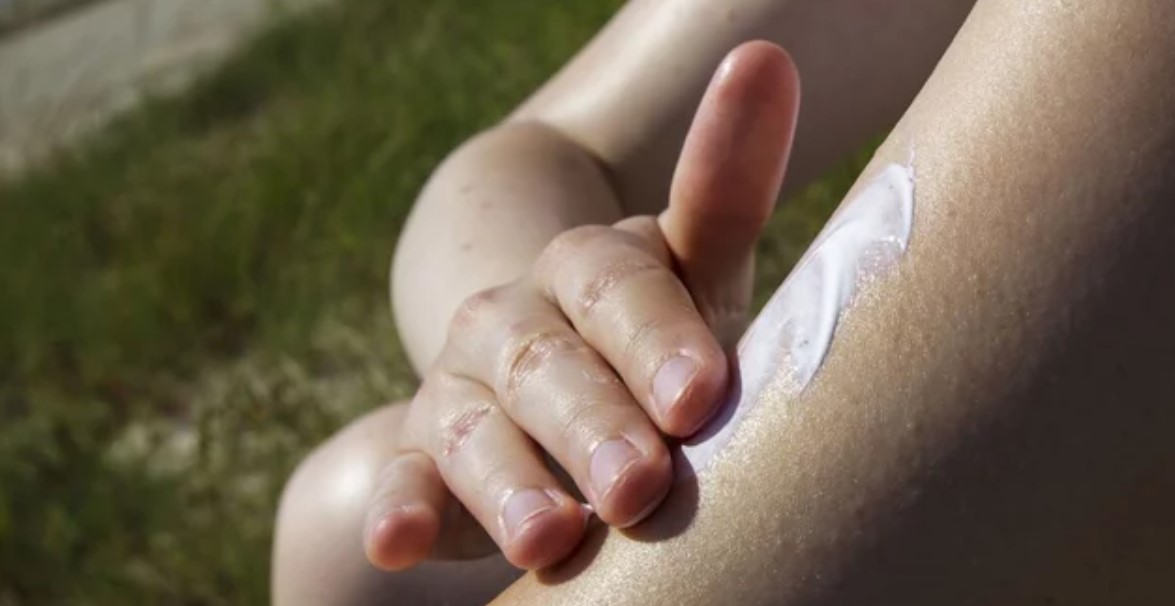And this week, even more hot weather is forecast to sizzle the UK with temperatures expected to hit highs of 26C in some parts of the country, as summer finally decided to show up.
But if you’re spending almost any time in the sun, you might need to stay vigilant for signs of skin cancer and contact your GP right away if you notice any of these symptoms.
Mayo Health Clinic claims skin cancer can be caused after just 15 minutes in the sun without sun cream – and you can still burn with sun cream on if you don’t use a high enough SPF or reapply it regularly enough.
Cancer Research UK is urging people to keep an eye out for these early warning signs of skin cancer, which can be caused by just 15 minutes of sun exposure and develop into a potentially deadly cancer in as little as four weeks.
Cancer Research UK said: “Getting sunburnt increases your risk of cancer.
“Sunburn is skin damage and your body’s response to try to repair it. It is a clear sign that the DNA in your skin cells has been damaged by too much UV radiation.
“Getting sunburnt once doesn’t mean you will definitely get skin cancer. But the more times you get sunburnt the higher your risk of skin cancer. READ FULL STORY HERE>>>CLICK HERE TO CONTINUE READING>>>
“That’s why it’s important to stay safe in the sun by spending time in the shade, especially between 11am and 3pm in the UK. Covering up with loose clothing, a wide brimmed hat and UV protection sunglasses. Applying sunscreen with at least SPF30 and 4 or 5 stars, reapplying regularly and generously.”
Cancer Research added: “Non melanoma skin cancer tends to develop most often on skin exposed to the sun.
“To spot skin cancer early it helps to know how your skin normally looks. That way, you’ll notice any changes more easily.
To look at areas you can’t see easily, you could try using a hand held mirror and reflect your skin onto another mirror. Or you could get your partner or a friend to look. This is very important if you’re regularly outside in the sun for work or leisure.
“You can take a photo of anything that doesn’t look quite right. If you can it’s a good idea to put a ruler or tape measure next to the abnormal area when you take the photo. This gives you a more accurate idea about its size and can help you tell if it’s changing. You can then show these pictures to your doctor.
Skin cancers can look very different. They might be:
“The earlier a skin cancer is diagnosed, the easier it is to treat. So it’s important you visit your GP as soon as possible if you notice a change in your skin.”




















